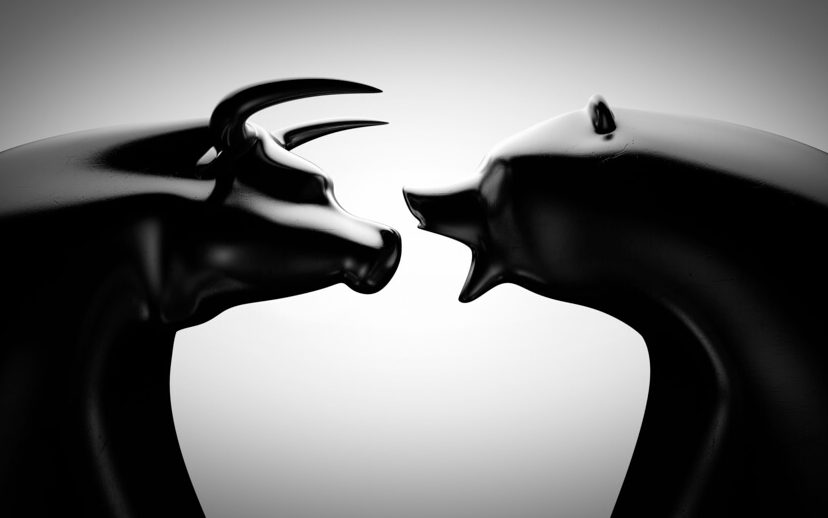Humans are hard-wired to be terrible investors.
We bid up prices into ridiculous bubbles … only to then panic sell and push prices to irrational lows similar to the bubble highs.
We swing from one extreme to the other, from gleeful optimism to overwhelming pessimism.
That’s what’s playing out now in the markets … as every headline concerning tariffs, the economy, or the state of AI sends investors into a frenzy of buying and selling.
But that’s precisely what the patient investor wants them to do because irrational pricing creates incredible opportunities that we would never get in a world full of rational folks.
One of my favorite examples is that of the legendary Sir John Templeton.
Templeton Used Maximum Pessimism to Win
Templeton started his investing career at one of the scariest times in human history. It was 1939, and Hitler’s Wehrmacht was a wrecking ball across Europe. To say it was a time of “maximum pessimism,” to use one of Templeton’s favorite phrases, is an understatement!
But Templeton saw an opportunity.
He knew some of the gloominess was warranted, as war would disrupt regular commerce and some number of business failures was inevitable. But he also knew that stocks were priced as if it were the end of capitalism.
What was his response?
Templeton borrowed $10,000 and bought 100 shares of every stock on the New York Stock Exchange trading for less than $1 (just over 100 companies at the time). He understood that at those prices, he could take a total loss on some of the positions and still make a killing on the portfolio overall.
Four years later, that $10,000 had grown to $40,000 as prices snapped back from irrationally pessimistic to “normal.”
Now, we have the benefit of hindsight. We know that Hitler lost the war and that the Allied forces were the last standing.
But that’s not how it looked in 1939. Germany was winning, and it looked bleak. Buying stocks at the onset of a world war must have felt like a punch to the gut.
But that’s when the best opportunities present themselves: when the thought of investing turns your stomach!
Buffett’s Contrarian Bets Paid Off
Warren Buffett wasn’t betting against the Nazis. But like Templeton, he built a fortune betting against the psychological extremes of the investing public. Like his famous quote, Buffett was fearful when others were greedy and greedy when others were fearful.
Think back to the 1970s. That was a nasty time to be an investor.
Stagflation — high inflation coupled with sluggish growth — was sucking the life out of the market. The 1973 to 1974 bear market was one of the worst in history, as the S&P 500 lost about half its value. And it just ground on forever, lasting for 21 months.
While most investors were scared to open their brokerage statements, let alone put new capital to work, Buffett was downright giddy, telling Forbes: “This is the time to start investing.”
And that he did. In the 1970s, Buffett went on a buying spree. He bought Geico (now the linchpin of his financial empire), The Washington Post and a host of smaller media properties that were left for dead.
Print newspapers are a dying business today. But Buffett turned his $11 million acquisition of WaPo into a $1.1 billion windfall when he sold it to Jeff Bezos in 2014. Buffett multiplied his initial investment by 100!
True contrarian investing like that can be difficult to endure at a psychological level … which is why so few people ever succeed as Buffett did.
But this is also why it’s crucial to remove emotions from the equation by investing with a rules-based system.
By using a system like Green Zone Power Ratings, you can get an instant and unbiased look into 75 different factors across six key categories (both technical and fundamental) to make more informed stock investments every single time.
Once you take emotion out of the equation, you’ve outsmarted your own #1 investment enemy.
To good profits,
Adam O’Dell
Chief Investment Strategist
